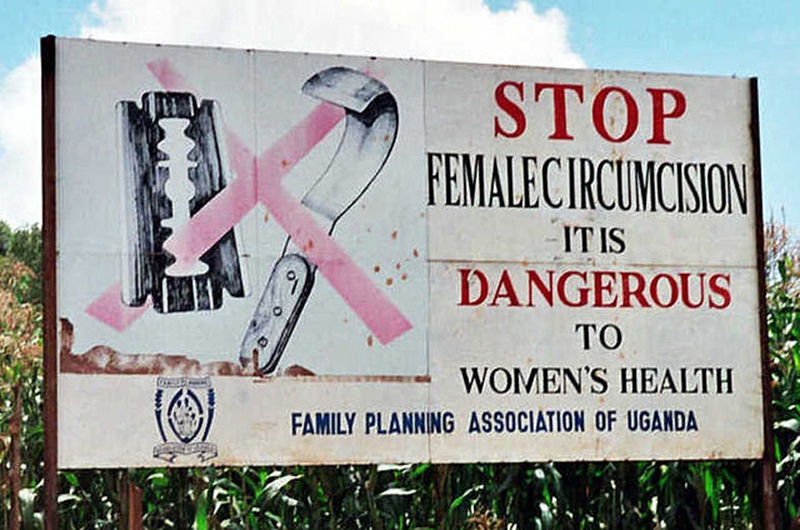
Recent data released by UNICEF indicates a troubling 15 percent increase in the prevalence of female genital mutilation (FGM) among girls and women over the past eight years.
The statistics reveal that more than 230 million individuals are currently living with the consequences of FGM, up from 200 million reported in 2016.
Catherine Russell, UNICEF’s executive director, underscores the urgent need for intensified efforts to combat this harmful practice. UNICEF warns that the rate of progress towards eliminating FGM by the UN’s target date of 2030 must accelerate by a factor of 27 from the current pace.
FGM, characterized by the partial or complete removal of external female genitalia, represents a grave violation of human rights. While the global prevalence of FGM has not surged, the increase is attributed to a higher number of births occurring in countries where FGM is commonly practiced.
Approximately 60 percent of FGM cases, totaling 144 million individuals, occur in Africa, followed by 80 million cases in Asia and 6 million in the Middle East.
Countries with the highest rates of prevalence include Somalia, Guinea, Djibouti, Egypt, Sudan, and Mali, where interventions face additional complexities due to challenges such as conflict, climate-related disasters, and food insecurity.
Despite witnessing a decrease in FGM rates in some African nations over time, progress has stalled or regressed in specific regions. In the Gambia, a recent proposal to rescind the ban on FGM has ignited a contentious debate concerning rights, religion, and cultural traditions.
Meanwhile, Sierra Leone continues to permit the practice despite mounting calls for its criminalization, with reports of three girls losing their lives during cutting ceremonies earlier this year. Kenya, which outlawed FGM in 2011, has made strides, yet concerns persist, particularly in areas disproportionately affected by the climate crisis.

Post Your Comments